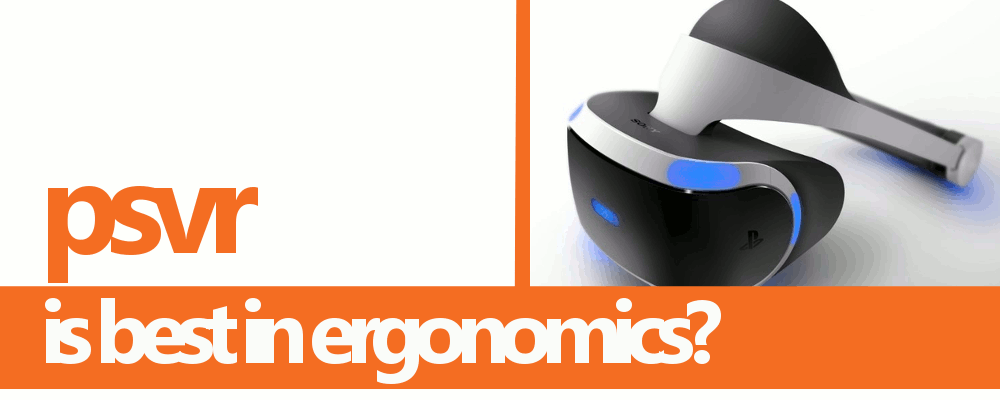Table of Contents
PlayStation VR just have the best ergonomics
Unlike the HTC Vive and the Oculus Rift, the PlayStation VR is heavier but makes up for great comfort when worn for longer hours. Is ergonomics important?

The PlayStation VR will be released soon and it’s very much evident that based on the final design released to the public, the PSVR looks really bigger than its competition. It’s even heavier, and rightfully so, with the depth embedded on the front display.
If you want to be more thorough, reading the spec sheets shows that the PSVR is indeed heavier than an HTC Vive or an Oculus Rift headset. So is it a drawback? Apparently not. To make up for the enormous size and weight difference, the PlayStation VR is still the best VR headset when it comes to comfort or ergonomics.
How big is the difference?
- PlayStation VR weighs at 610 grams, it’s got a different head mount system making it easy on the head when worn.
- Oculus Rift weighs at 470 grams and uses a semi-rigid strut and strap system. Much like your belt, it hugs the crown of your head and the front part of the headset rests on top of your cheekbones. It’s quite rudimentary but for longer sessions, your cheeks and head are most like squashed from the weight.
- HTC Vive weighs at 555 grams and have a google-like system. Imagine a ski googles that pushes on the brow and cheeks using the strap around the crown of the head. Sounds familiar? Yes, just like the Oculus Rift.
What makes the PSVR system unique?
Sony have a very clever solution to the fatigue on the face when using the PSVR. It employs a hanging style display enclosure that puts the pressure on the forehead. This makes sense since the forehead have lesser muscles that will possibly go numb when under lots of weight put unto it. To counteract this weight, the circle of the headset’s body wraps low behind your head which acts like a locking anchor for the headset to stay balanced and still.
Other adjustments
With different sized heads there’s no velcro straps to around the unit. There’s just adjustment ratcheting wheel on the back of the head mount which is effortless to adjust the fit of the headset even when it is in use. One adjusting knob, while the HTC Vive and Oculus Rift have three.
If you are wearing glasses, the eye-to-lens distance can be adjusted easily. This adjusts focus and field of view for various users.
Verdict
The PlayStation VR may well be the most ergonomic VR headset around but with the headstart of the Vive and the Rift, the platform would have more ground to cover in terms of games and other apps. With both of them running on the PC and the PSVR only limited to the PS4, it is quite a challenge to expand and sell the new headsets against a wider PC fan base.
[cleveryoutube video=”vUK05DrbhFM” style=”1″]



